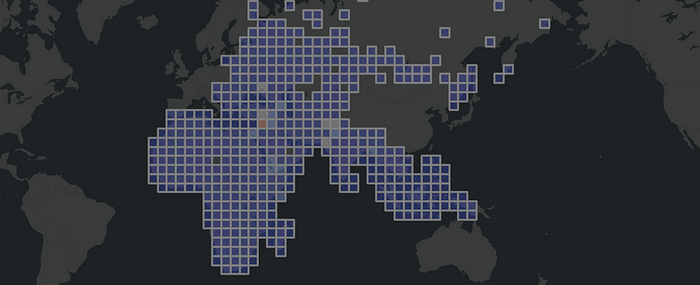Source: gisuser.com
Edgybees, the leading provider of precise, real-time geo-registration and actualization of aerial video and images, announced today that they have selected it as a finalist in the 2021 USGIF Innovative Tradecraft Competition. The competition recognizes innovative and useful geospatial intelligence (GEOINT) solutions that address mission problems through visualization, data sharing, and interoperability. “Being chosen as a finalist in the USGIF Innovative Tradecraft Competition is a true testament to the value of our technology in the field,” said Adam Kaplan, CEO and Co-Founder of Edgybees. As a Tradecraft Competition, finalist Edgybees will present on the main stage at the GEOINT Symposium on Wednesday, October 6th. The United States Geospatial Intelligence Foundation (USGIF) is the only organization dedicated to promoting the geospatial intelligence tradecraft and building a stronger community of interest in industry, academia, government, professional organizations, and individual stakeholders.
Link:
